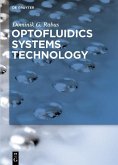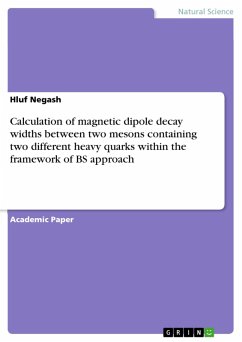lasmonics is an increasingly important field of research within the larger field of
photonics. Photonic components utilizing surface plasmon polariton modes, supported by
various metal-dielectric configurations, hold the promise of a variety of
applications in sensing and on-chip data transmission. Plasmonic components based
on dielectric-loaded plasmon polariton waveguides are in particular attracting attention
recently, due to their comparative ease of manufacture and their potential
to aid in miniaturizing optical circuits.
The two-photon polymerization direct laser writing technology has already been
shown to be a powerful tool in the fabrication of plasmonic waveguides. This thesis
builds on previous work that has already shown the viability of two-photon
polymerization as a manufacturing technique, and expands upon it by adding a
nanolithography process. The largest intrinsic disadvantage of direct laser writing
is overcome in this fashion - instead of a purely serial process, a parallel fabrication
process is developed. By aid of this process, the fabrication of plasmonic waveguides
becomes not only optimally flexible, but also faster and cheaper.
The plasmonic waveguide structures presented in this thesis represent new designs
not shown before, including polarization-dependent splitters, Mach-Zehnder interferometers,
and a new class of structure called racetrack resonators. The designs are characterized
largely by leakage radiation microscopy and compared to similar designs fabricated by
different methods. Where comparison is possible, the structures presented here show much
improved characteristics over results previously reported by other groups.
An investigation of localized surface plasmons is also made, which includes the
interference of surface plasmons with each other and the interaction of surface plasmons
with metal nanoparticles. This has led to new optical effects, which have not been observed
in this way before.
This thesis resulted in nine scientific articles, that have been published in peerreviewed
journals, as well as a number of conference contributions and proceedings.
Dieser Download kann aus rechtlichen Gründen nur mit Rechnungsadresse in A, B, BG, CY, CZ, D, DK, EW, E, FIN, F, GR, HR, H, IRL, I, LT, L, LR, M, NL, PL, P, R, S, SLO, SK ausgeliefert werden.









